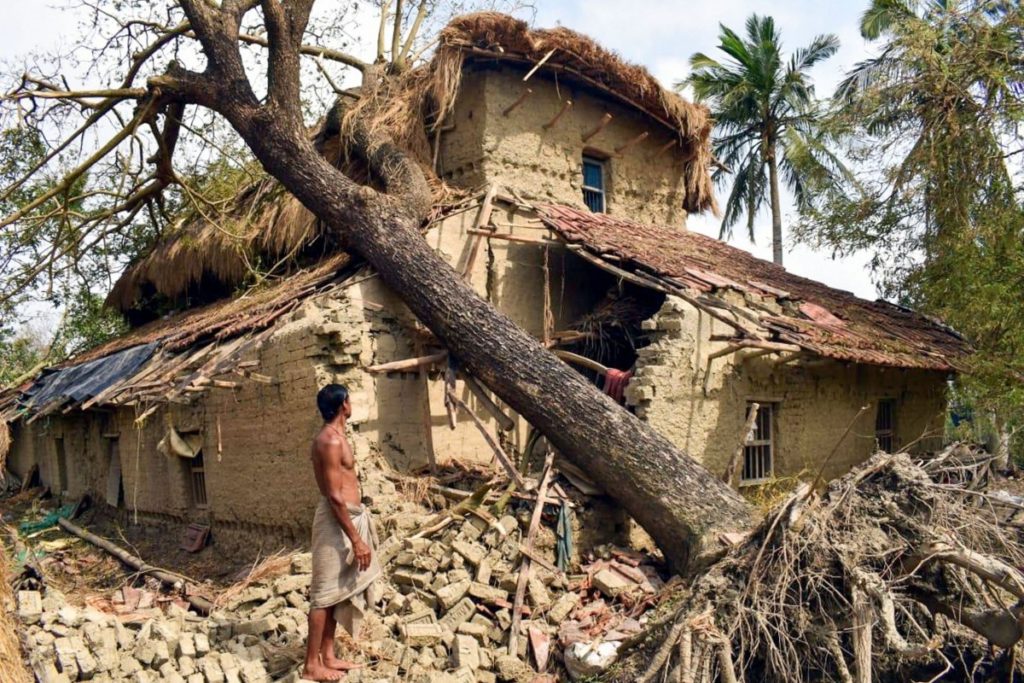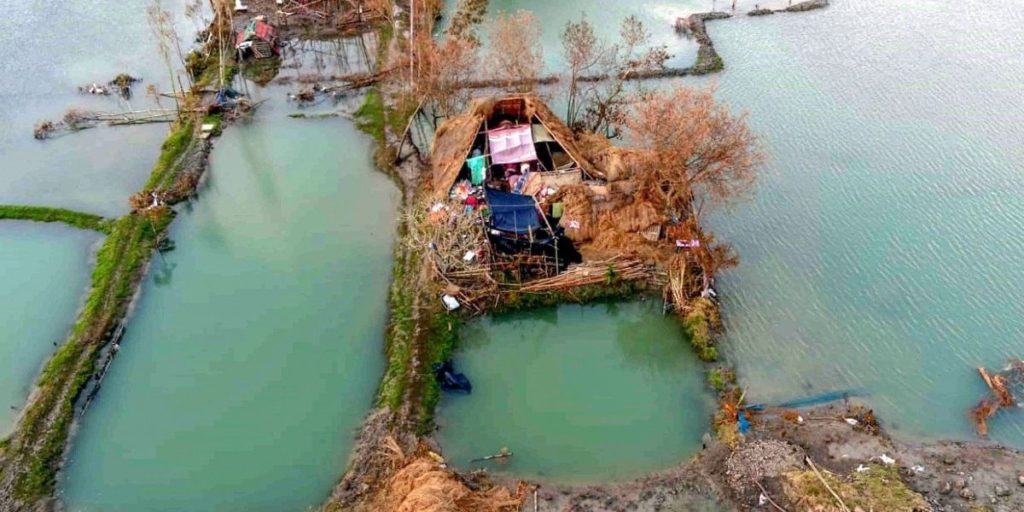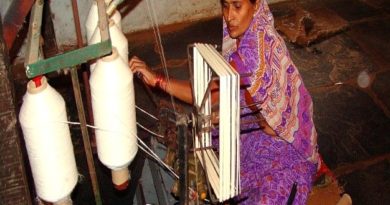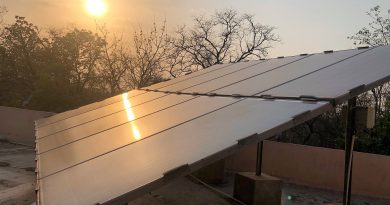Life and Livelihood through Sustainable Solutions after Cyclone Amphan
On May 20, the super Cyclone Amphan( um-pun), the most powerful storm in the Bay of Bengal in over a decade made landfall in the Sunderban (UNESCO world heritage site and a critical wetland } areas affecting 70% of the population of the West Bengal state including the capital Kolkata. It also affected Odisha and Bangladesh partly. The devastating incident made the author to recall his field study experiences in the island villages of Sunderban (India part) as well as other affected areas of West Bengal while working on Distributed Renewable Energy (DRE) solutions for rural areas.
It has been more than a week but the grid connected electricity has still not been possible to restore in a major part of the state and so the other related facilities and businesses. The hardship of the villagers and scale of damage from the point of view of non-availability of income earning opportunities, physical infrastructures like power, house, local transport system and linkages to the market because of this cyclone at a top speed of 185 kmph can be imagined.

The number of such cyclones in the Arabian Sea and the Bay of Bengal has increased by 32% in the last five years, says Indian Meteorological Department (IMD) data. This is a reminder that the oceans are warming due to rising GHG emissions (Global Warming) and warm ocean water is a key ingredient for the formation of tropical cyclones.
Over the years there has been improvements in technologies like early forecasting about the cyclone globally and it helped this time also to keep the number of deaths limited but what about the livelihoods opportunities and infrastructures lost for the poor people along with direct and indirect economic losses in the whole area.
Any rebuilding infrastructure work such as home, power solution should be planned to reduce the disaster risk and adaptation to climate change for example Distributed Renewable Energy ( DRE ) solutions for reliable power sources.
Besides damage to the physical infrastructure, rural population have lost crops and livestock. In coastal areas like Sunderban, the soil quality has been affected because of the ingress of saline water into the fields. This has further impacted heavily on their income earning sources.

As climate change makes extreme weather events like cyclones / Flood almost recurring in India and its neighbouring countries, there is an urgent need to look at the difficulties of millions of people, mostly the vulnerable poor farmers, and ways must be devised to build resilience and alleviate their suffering through helping them to have better infrastructure and sustainable livelihood options. This will help to stop migration and keep the community engaged into their traditional practices of livelihood earnings. The strong linkages within forest, agriculture and livestock need to be analysed and promoted to establish Sustainable Livelihood options. The necessary handholding through training and capacity buildings of all stakeholders should be part of the solution.
References :-
1. https://www.hindustantimes.com/editorials/amphan-brings-a-message/story-eNvJn0AfZYbl4m0Lo6923M.html
2. https://science.thewire.in/environment/cyclone-amphan-sundarbans-delta-mangrove-trees-climate-change/
3. https://thewire.in/rights/cyclone-amphan-climate-displacement



